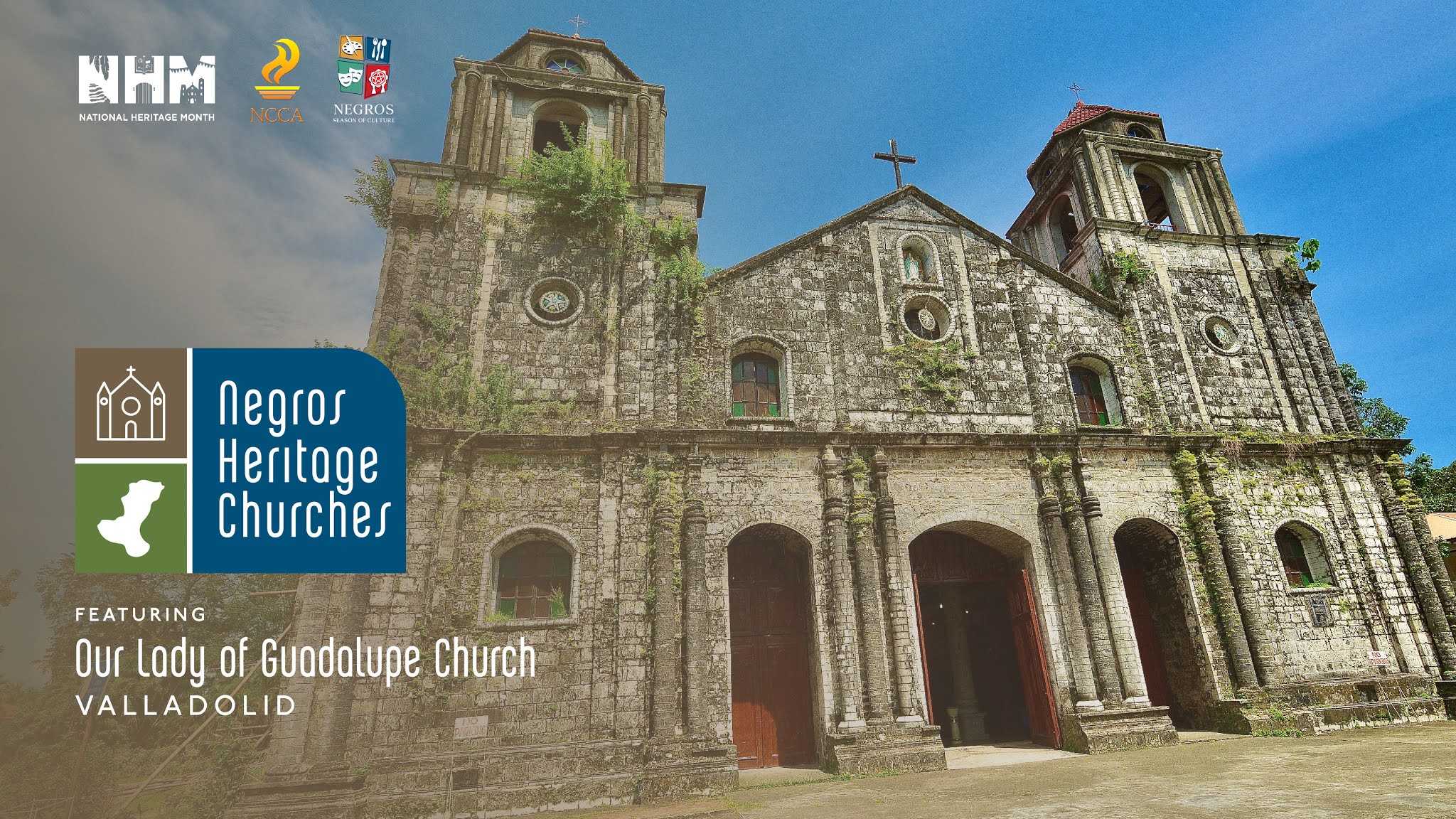Along the coastal road of southern Negros Occidental is a town which is aptly named after a Spanish city. Much like its Spanish namesake which had enjoyed the brief privilege of being the center of government and commerce in Spain, Valladolid in Negros Island, was considered one of the most prosperous towns of Negros Occidental.
Proof of this prosperity is the size of the convent and church built by the Recollect Missionaries in 1852, eight years before the town's establishment in 1860.
The breezy coastline of Western Negros in Valladolid made itself a haven for immigrants sailing in from across the Guimaras Strait. People coming from Guimaras, Panay, and even Cebu on the east side of Negros sailed in to settle in this town of abundant agricultural produce.
The town of Valladolid was first called “Inabuyan” until the Spanish leaders arrived and one of them named the place after his native town Valladolid in Spain. Presently bounded on the north by the town of Pulupandan, which was once part of Valladolid, on the south by the municipality of San Enrique, on the west by the Guimaras Strait and on the east by the city of La Carlota, the center of all boundaries is the Our Lady of Guadalupe Church.
Unlike the other towns in Negros where sugarcane abounds, Valladolid has 90 percent of its arable land planted to palay. Thus, there evolved a different kind of prosperity in Valladolid. This prosperity is celebrated annually in a farmers' festival of thanksgiving and celebration of good harvest in honor of the town’s patroness, Nuestra Señora de Guadalupe.
 Accurately rendered, the original Doric columns and parts of the floor offers a glimpse of previous beauty.
Accurately rendered, the original Doric columns and parts of the floor offers a glimpse of previous beauty.
Construction of the Church of Our Lady of Guadalupe began in 1877, but only with a Baroque facade, and a basic nave under the direction of the Recollect priest, Father Carlos Ubeda. The church and convent were completed before the outbreak of the Philippine Revolution in 1897. Nevertheless, more improvements had to be introduced through the years.
 The gilded altar, set and elevated on a three stepped dais.
The gilded altar, set and elevated on a three stepped dais.
 The Baroque altar houses the crucified Christ flanked by the patron, Our Lady of Guadalupe and San Juan Diego.
The Baroque altar houses the crucified Christ flanked by the patron, Our Lady of Guadalupe and San Juan Diego.
From its completion prior to the turn of the 20th century, the Church of Our Lady of Guadalupe has undergone many renovations. In fact, more than a century after it was built, the parish church of Our Lady of Guadalupe continues to be a work-in-progress, enduring through the decades. Throughout all these, the church has remained to be one of the most beautiful among all Negros churches.
 The church marker, indicating its construction in 1877.
The church marker, indicating its construction in 1877.
In this time of pandemic, it is worth noting that on the northern side of the church of Our lady of Guadalupe in Valladolid, is a newly restored prayer house which was once a mortuary built to accommodate victims of a cholera epidemic in the nineteenth century.
Photos by : Ronnie Baldonado
Video by : Grilledcheese Studios













0 Comments